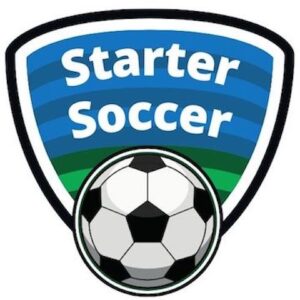Soccer is an amazing sport. Many people believe that you can only play soccer in warm conditions, however, soccer can be played in the snow, rain, heat, or cold. This guy will teach you all about soccer and the impact of weather conditions on the ability to play the game.
How Hot is Too Hot for Soccer?
According to the US soccer sports medicine department, the maximum wet bulb globe temperature (WGBT) varies by region in the United States. US Soccer breaks the US into 3 separate categories as shown in the image below:
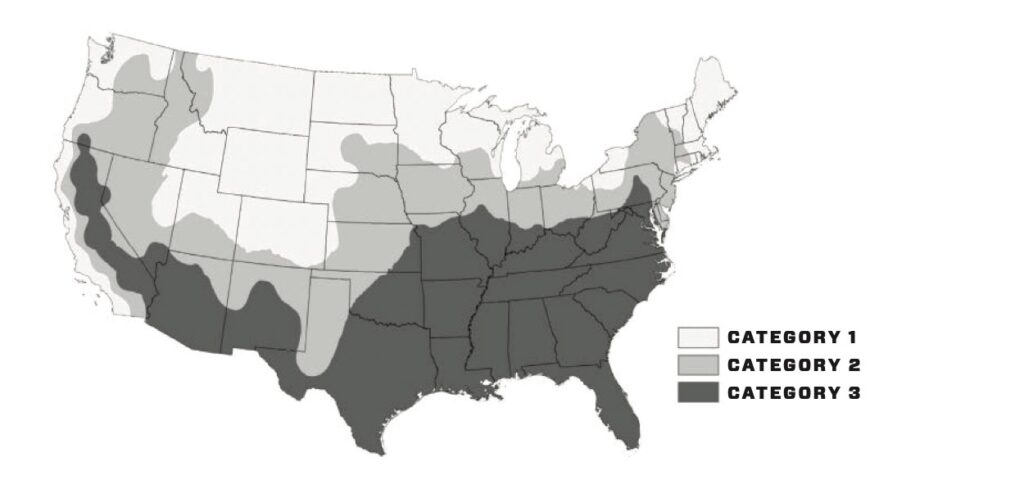
Enclosed below is a table taken from US Soccer’s Sports Medicine Department that outlines the maximum playable temperatures by region:
It is recommended that soccer matches require water breaks if the WBGT meets or exceeds 89.6° F.
What is Wet Bulb Globe Temperature (WBGT) in Soccer?
According to NASA, Web Bulb temperature is “the lowest temperature to which an object can cool down when moisture evaporates from it. The lower the wet-bulb temperature, the easier it is for us to cool down.”
For soccer, Wet Bulb Globe Temperature (WBGT) measures the lowest temperature that a soccer player can cool off by sweating. The higher the WBGT, the harder it is for a soccer player to cool down.
Is There a Water Break in Soccer?
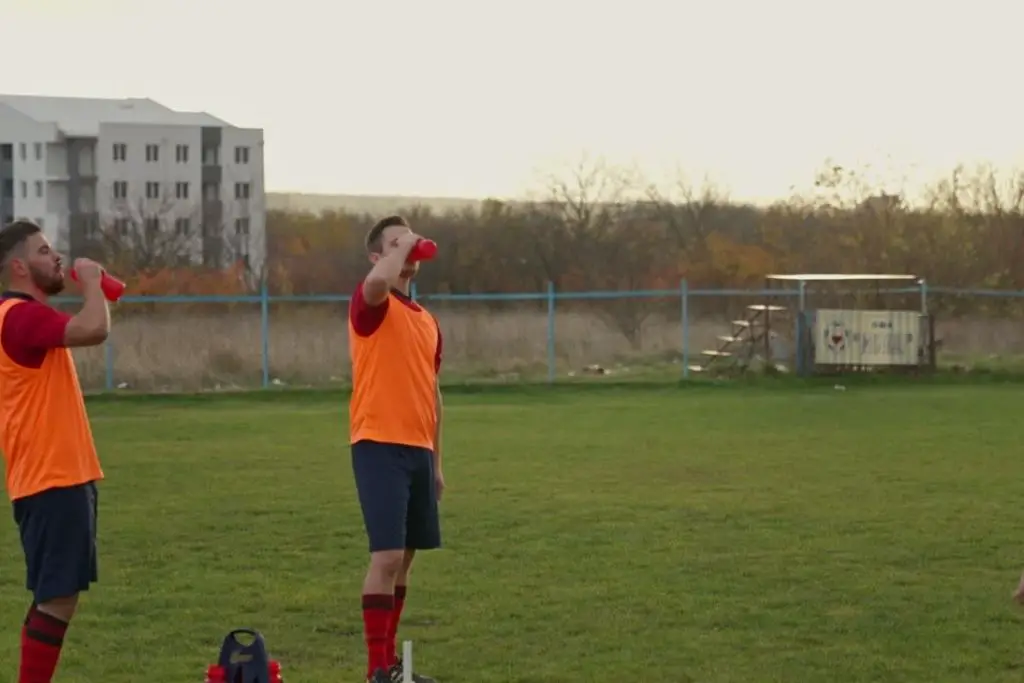
As mentioned earlier, if the maximum wet bulb globe temperature (WGBT) meets or exceeds 89.6° F, it is generally recommended that a 4-minute water break be provided for every 30 minutes of continuous play. That said, each league has its own rules for hydration breaks.
For a soccer match, this equates to water breaks at the 30-minute mark of the first half and the 75th-minute mark of the second half.
What are the Hydration Rules for Major League Soccer?
Major League Soccer (MLS) requires the use of hydration breaks if the Wet Bulb Globe Temperature (WBGT) is 82° Fahrenheit (27.7778° Celsius) or higher. MLS refers to these hydration breaks as cooling breaks and the rules for the cooling breaks are as follows:
- Cooling breaks last between 90-180 seconds
- Cooling breaks are taken approximately at the 30th minute (first half) and the 75th (second half) minute of the match respectively
- Clock continues to run during cooling breaks
- cooling time will be added to stoppage time in each half it occurs
- Players have to stay on the pitch during cooling breaks
What are the Hydration Rules for NCAA Soccer?
Hydration breaks are required in NCAA Soccer if the Wet Bulb Globe Temperature (WBGT) meets or exceeds 86° Fahrenheit. The hydration breaks should be a minimum of 2 minutes in length and should occur around the 25-30 minute mark of the first half and the 70-75th minute of the second half of the match.
Can You Play Soccer in Lightning?
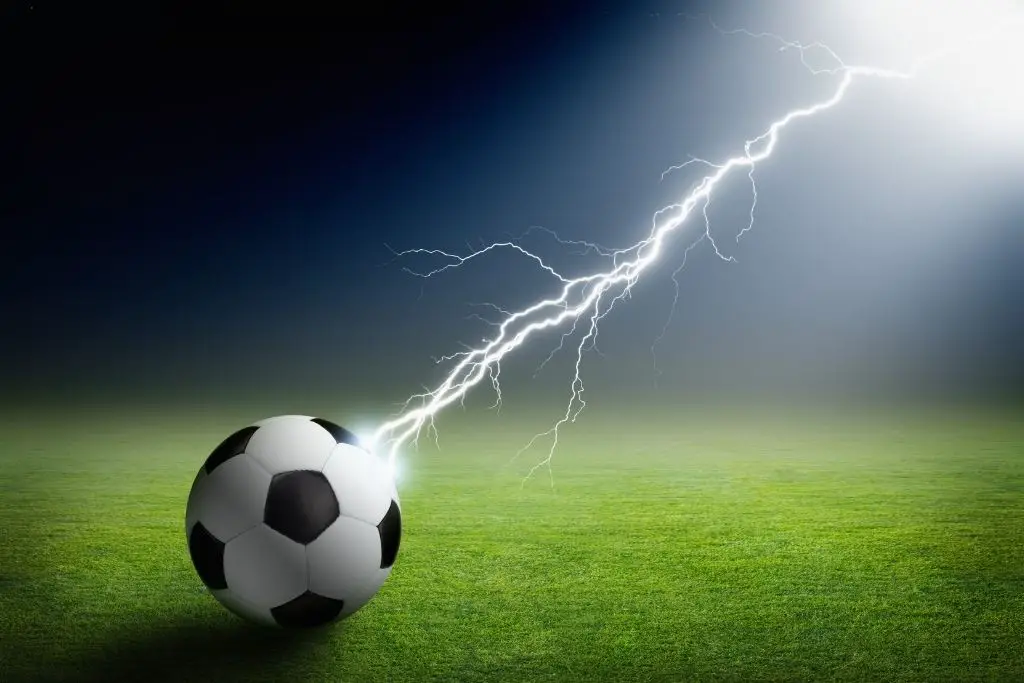
No, playing soccer (either practice or a match) is not safe when lightning is nearby. It is recommended to use the 30-30 rule where:
- if you see lightning, count until you hear thunder
- If that time is less than 30 seconds, the lightning storm is too close to play
- Seek shelter and wait until 30 minutes from when you last say lightning before exiting the shelter
Do Soccer Games get Canceled for Lightning?
Soccer games get canceled if there is visible lightning that can hamper the health and safety of participants. If there is a likelihood of heavy downpour or waterlogging on the field, the game can be abandoned.
Several soccer associations like Eden Prairie Soccer Association, Folsom Referees, CCJSA, Green Soccer Association, Westside Soccer Club, and Amher St Soccer insist on cancellation or abandonment of soccer games during rough conditions including lightning.
How Close Does Lightning have to be to cancel a soccer game?
To cancel a soccer game due to lightning, it needs to be visible and a gap of around 30 seconds between lightning and thunder is critical. Alternatively, lightning forecasted within 6-8 miles from the field also demands cancellation.
According to weather policies adopted by various soccer organizations and leagues, a lightning forecast is sufficient to call off the game. However, if it is visible and throws signs of proximity, the organizer has to call off immediately.
What is the 30-30 Rule of Lightning
The 30-30 rule of Lightning refers to:
- Counting from when you see lightning until you hear the corresponding thunder
- If the time is less than 30 seconds then the lightning is too close and you should seek shelter
- If you have to seek shelter due to lightning being too close, wait until 30 minutes from the last time you saw lightning before exiting the shelter.
Do Soccer Games Get Rained Out
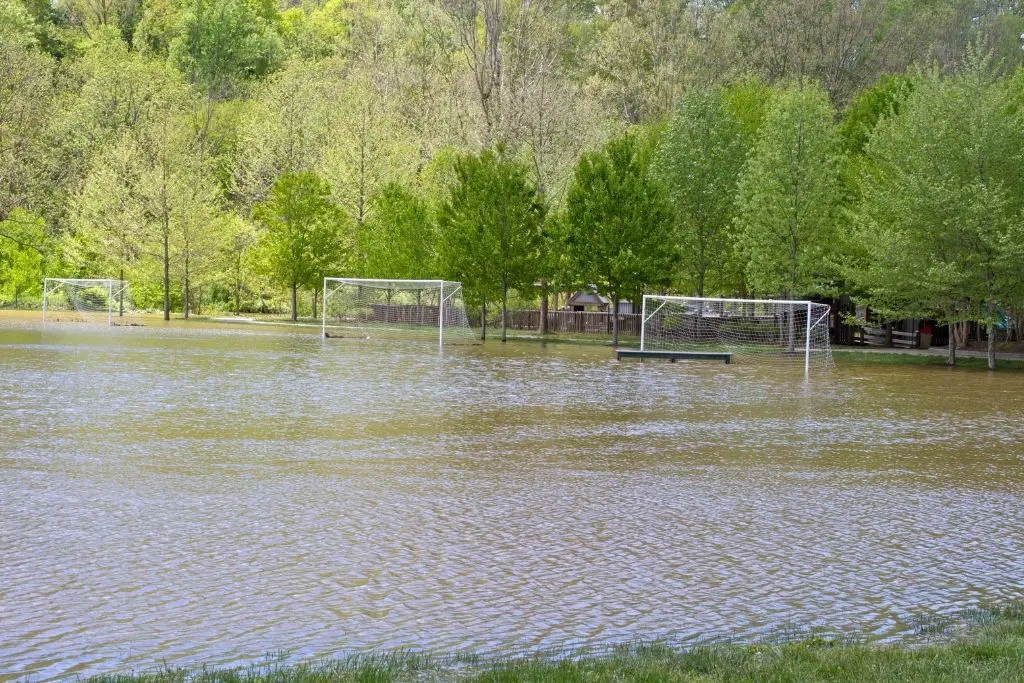
Outdoor soccer games are played when the weather condition does not hamper the safety of players. Slight to medium rainfall does not necessarily call off the game. When there is waterlogging or lack of visibility in the field, the game gets called off.
According to Green Soccer Association, severe climatic conditions insist on the cancellation of the game. Otherwise, moderate rainfall cannot stop the event as outdoor soccer is usually promoted in cold and rainy circumstances.
Can soccer games be played in the snow
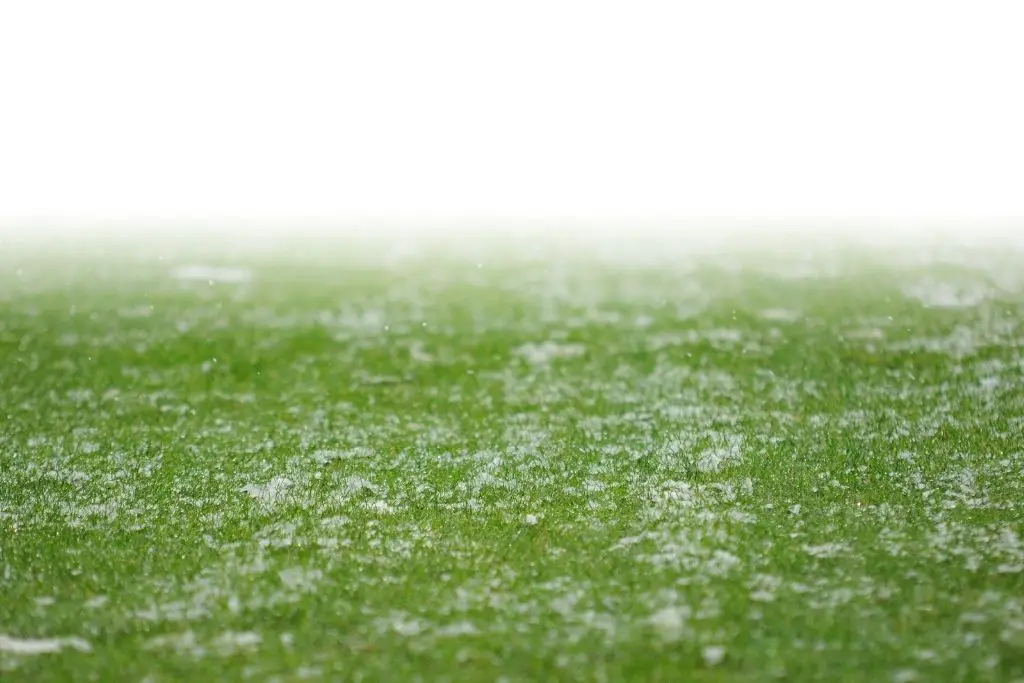
Soccer games can be played in snow provided the field contains a moderate amount of it that doesn’t hamper the game or the player.
Players find it funny to play amidst snow in the winter. When conditions get tougher and affect visibility, the game gets postponed.
Can soccer games be cancelled due to snow
Soccer games can be cancelled due to snow when safety is at stake. Minimum to moderate snow is acceptable and ideal conditions for players.
When there is heavy snow, matches get postponed.
what color soccer ball for snow

The ideal color of a ball for playing soccer in the snow is orange. This is due to its visibility.
A bright orange soccer ball typically means it is snowing or is likely to snow. There are various soccer ball colors based on climatic conditions.
Can you plow a soccer field for snow

For grass fields, you can use a snow plow to remove accumulated snow from the field, being careful to not create divots on the playing surface. If the snow is dry and light, you can use a snow blower.
If it is artificial turf, it can be plowed with a powered snow blower. Ensure that the blower is fitted with a rubber-edged blade.
Sources
https://www.michiganyouthsoccer.org/Assets/Michigan+Youth+Soccer1+Digital+Assets/Heat+Guidelines.pdf
https://www.sciencedirect.com/topics/engineering/wet-bulb-temperature
https://www.mlssoccer.com/about/competition-guidelines
http://www.stma.org/sites/stma/files/EDigest/Snow_Removal.pdf
https://www.sabrsoccer.net/field-safety-goals-lightning-procedures/
